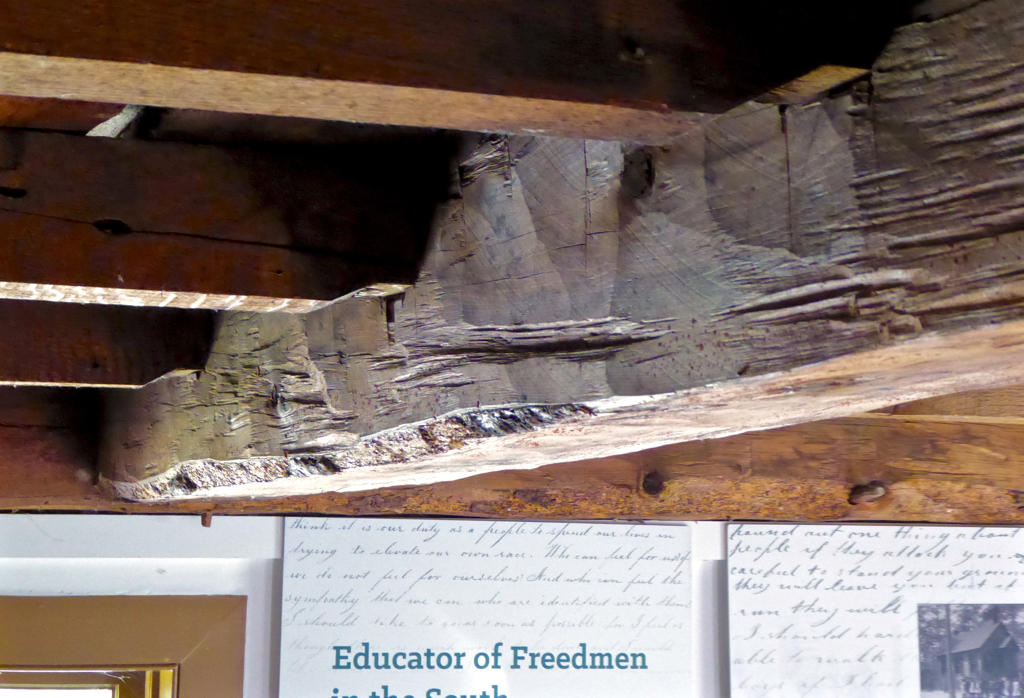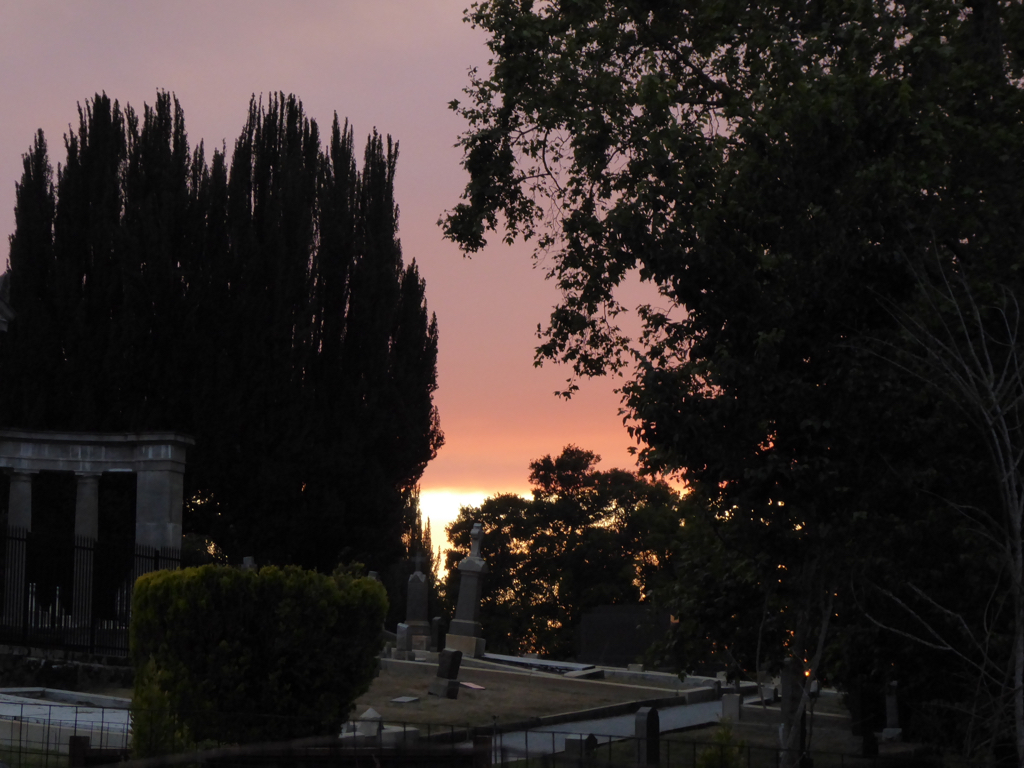Here are some of the principles behind the Ecojustice class taught at the Unitarian Universalist Church of Palo Alto (UUCPA) for the past five years.
Ecojustice class is a Sunday school program for gr. 6-8. Ecojustice class is a learner-centered program, with a flexible curriculum that can follow the interests of the teens and the teachers. We have a firm commitment to making the class as hands-on as possible — an emphasis on doing, rather than discussion. Rather than just projects done by one individual and intended for themselves, our projects tend to be done as a group and intended for use by the class, congregation, or a wider community. Ecojustice class can best be described as a “emergent curriculum,” meaning we’re often making it up as we go along; nevertheless, we have evolved some pretty firm organizing principles which may be of use to others.
Our definition of “ecojustice”:
A sign is posted in the classroom which gives our definition of “ecojustice”:
Ecojustice =
— humans treating other humans with dignity & respect
AND
— humans treating other organisms & the whole ecosystem with dignity & respect
If teens ask: “Why can’t we just say ‘Ecojustice means humans treating each other and the rest of the ecosystem with respect’?” — we can explain that white environmentalists have been criticized because they worry more about non-human organisms than they worry about humans who have a different skin color. So we want to make sure we always remember that environmental action cannot be separated from human justice.
Basic class plan is the same every week:
I/ Attendance & chalice lighting (typically indoors)
II/ Check-in (typically indoors)
III/ Reading (typically indoors)
IV/ Project for the week (most often outdoors)
V/ Closing circle (often outdoors)
Reading: Each reading is related in some way to ecojustice. We adults can read the reading, or ask the teens if one of them would like to read it. Then maybe have a brief conversation about what the reading tells us about ecology, ecojustice, or the natural and human worlds.
Project for the week: Projects may last from 1-4 weeks. Teachers pick projects based on their interests and abilities. We try to include a conversation with each porject about why we are doing the project: “what does this project have to do with ecojustice?” This can take place while we’re working, or as part of the closing circle.
Closing circle: During closing circle, have the teens say one thing they learned, or one thing they’re taking away from this class. End with the UUCPA unison benediction (used in all classes); the unison benediction is posted in classrooms in 4 languages, reflecting languages spoken by people in our congregation (English, Spanish, German, Hindi; working on a Mandarin version).
Topic areas:
We relate any project that we develop to one of seven topic areas. Those topic areas are listed below, along with sample projects that we have either completed or plan to carry out (in parentheses).
1. Food
Tire Garden — based on the UUSC Haiti tire garden project
Ongoing Gardening — digging, planting, weeding, watering, etc.
Cooking projects — using, e.g., organic ingredients
2. Energy
Rocket Stoves — based on a design by Larry Winiarski
Solar Cooking — using various solar ovens (solar s’mores esp. popular)
3. Water
Rain Barrel — installed a rain barrel; use the water to irrigate the gardens
Clay Pot Irrigation — low-water use irrigation method
(Bucket Drip Irrigation — low-water method for irrigating garden)
4. Waste
Composting — assembled two composting bins; maintain them
(Build a composting toilet)
5. Habit and Shelter
Wildlife — “tracking pit”; invertebrate observation; building birdhouses
Native Plants — tour of church’s native plant garden
Habitat for native pollinators — making “bee houses”
Support local homeless shelter which stays at our church in Sept.
(Using Natural Herbs — planned visit from a local herbalist)
(Natural Dyes — tie-dye using redwood cones and fennel)
6. Earth and Air
Disaster Plans — making a personal “go-kit” in case of wildfire evacuation
(Global climate change project — but how to make it hands-on?)
7. Toxics in the Environment (new category added in 2018)
(E-waste)
(Phytoremediation — using plants to remove toxics from the soil)
More info about each of these topic areas is below.
Update, June, 2022: See the updated curriculum online here: http://kj6zwr.org/ecojustice/. The curriculum has been completely restructured, based on several years of teaching.
Continue reading “Principles behind Sunday school Ecojustice class”


